
Add 9.7 yards to your drives
Hit your short irons closer
Score better on the back nine and play without fatigue
Improve your health while you improve your golf
Train with Neil Wolkodoff, Ph.D., in a remote delivery program that will account for age, goals, medical conditions, travel schedule, equipment options, and everything else to improve your performance and health. Wolkodoff has improved golf performance for junior golfers up to PGA professionals for the last 25 years, and publishes golf research.
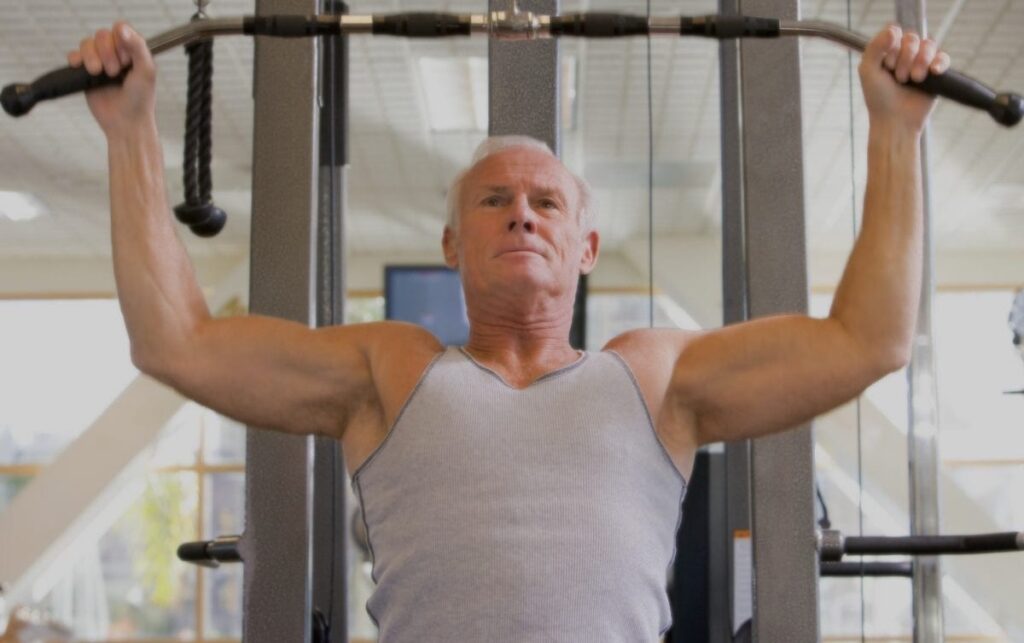
This proven program uses videos, training photos, and other interactive tools that can be delivered anywhere you live or travel. Our newest program, MobilFlex, will radically improve your flexibility in just a few minutes daily when combined with a regular physical training program. You also receive regular interactive contacts to discuss your training progress and monthly application updates with the latest performance research for older golfers.
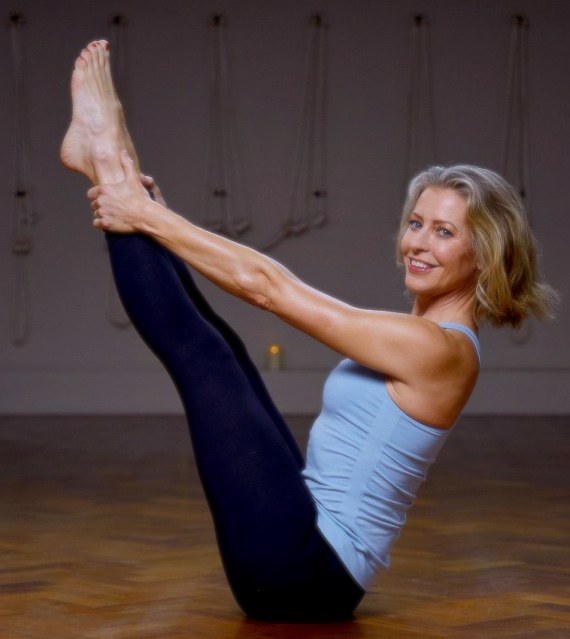
Program Steps/Flow
Health and Sports History Review/Goals Consultation
Golf Swing Review/On-Course Trends
Physical Readiness/Training Level Assessment.
Equipment/Training Options Inventory/Recommendations
Phase One – Body balance, endurance base, injury recovery, structural improvement
Phase Two- Optimal muscular mass, strength, and increased endurance
Phase Three- Introduce speed and power, add balance and core development
Phase Four- Functional movements to increase golf performance, anaerobic/sprint abilities, and body awareness, MobilFlex phase 1
Phase Five- Maximum adaptation in strength, power, body awareness, MobilFlex phase 2
Phase Six- Assess abilities in all areas compared to projected goals, develop transition program to golf season
Phase Seven- Individualized maintenance program including your best, specific warm-up routine before golf play
Note: Specific programs within the six phases are modified every two to three weeks based on individual progress, recovery, and other factors
Program Fee: $1050 for the January-April build and golf maintenance phases in October.
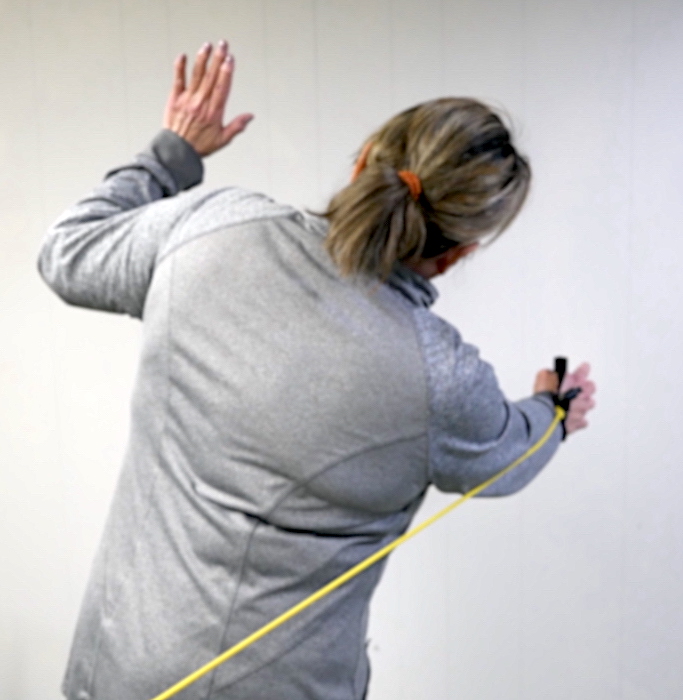
Participants Testimonials
This program gave me more distance, especially with wood and long irons. An unexpected benefit was greater control and accuracy with my wedges and short game. That brought down my average scores by four strokes.
Niles, Denver
I can focus much better on the last nine holes, my biggest problem. My endurance and confidence are up, and I have a much better chance of making the shot and thinking more about the target.
Grieg, Orlando
I used to play all my golf in a motor cart, now I can walk again. My weight is down, and so is my score. I am pleased about how much further I am consistently driving the ball.
Carolynn, Aurora
Before this program, my swing was erratic. Shots went, but not to the target. Now, I am hitting the ball longer and straighter. That makes a difference, as I am much happier playing golf versus looking for my ball in the weeds!
David, Centennial
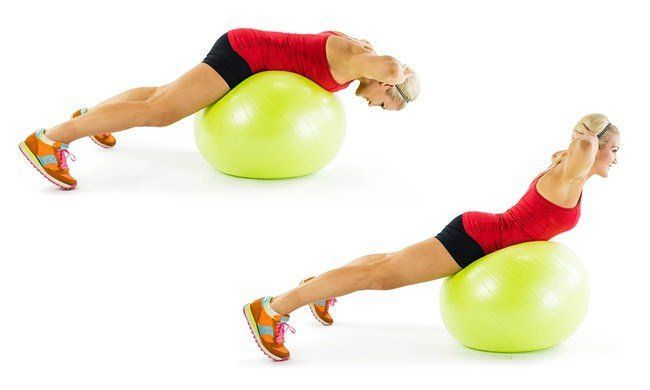
FAQ
How does this compare with hiring a personal trainer twice per week?
First, it is actually more cost-effective. The average personal trainer will cost $75 per session; seven monthly sessions are $525.
Second, you get exercises and a progression beyond the knowledge of 99% of the personal trainers.
Third, train with Wolkodoff; his clients have won all the majors!
Are the programs effective?
My newest cutting-edge program uses “sequential clustering.” That means you perform enough repetitions of an exercise to get a training effect and learn the movement. The next training phase builds on those exercises and specifics with more advanced movements. That makes the program a logical progression where they present a bit of challenge to the body yet are easy to follow.
What if I need all the exercise equipment or help knowing where to start?
Wolkodoff will analyze your situation and recommend the best training option – home equipment, gym, or combination. He will even scout the best equipment and help you arrange acquisition. His philosophy is “use what you have, and supplement or change only if you need to…”
Can’t I get one of those rubber band systems and do the same thing?
Elastic resistance is a valuable tool, and should be used as one training tool, not the only tool. Rubber bands exert the most resistance at the end of the range of motion. At that point, the golfer is the weakest. Two things happen: no applicability to the middle of the range of motion where the golf movement occurs and a higher injury potential due to muscle overload when the joint and ligaments are weak.
What about just using a routine from a successful PGA pro?
Bad idea for a multitude of reasons. First, the tour player has a swing and needs to be more consistent and be able to adjust iron distances. They have all the muscular power they need. On average, senior golfers have 5.9 pounds of muscle deficit from where they should be for their age. They need to gain muscle first to maximize results. Building muscle first at age 63 differs significantly from training, where the 33-year-old tour player already has the necessary muscle.
Is using an app on my phone or an online golf fitness class effective?
It would be if the app or class went through all the information assessment and gathering we do to develop your program. A few simple questions, such as “How much time do you have?” are not enough to ensure the workout, progress, and ultimate results are safe and effective. Canned programs are better than nothing, especially as they can’t account for the individual golfer’s health, fitness, and performance specifics.
Is “TPI certified” a good option?
For certification programs to be worthwhile and effective, there needs to be a compilation of scientific research that forms the basis for the program. There must be a role delineation of what the professional must apply and a curriculum and testing process. This involves a rigorous application from a third-party testing and accreditation agency to ensure the process is not commercialized and represents actual scientific facts and applications. This is applied by the National Commission for Certifying Agencies (NCCA). At present, golf certification has yet to go through this rigorous process used by organizations like the American College of Sports Medicine. Senior golfers have more complex performance questions than 27-year-old tour professionals. Even if a certification met these requirements, the older golfer is more complex than can be outlined in a weekend seminar. At best, these programs may offer some educational insights about golf performance.
What is different about senior golf fitness and performance?
Quite a bit, which means you can’t approach this like when you were 39. The program must complement and interact with health conditions common to seniors. This often includes medications for age-related conditions. Those over 50 take almost twice as long for a training adaptation and don’t recover quickly compared to their college-aged counterparts. The basics, like muscle mass, adequate strength and endurance are paramount before any exercises that simulate or help the golf swing. Seniors need those three for health and performance. Most seniors have injuries waiting to happen, so injury proofing the body is another important factor. Add it all up, and the approach for the over 50 golfer needs to be specific to their age, health needs and then performance.
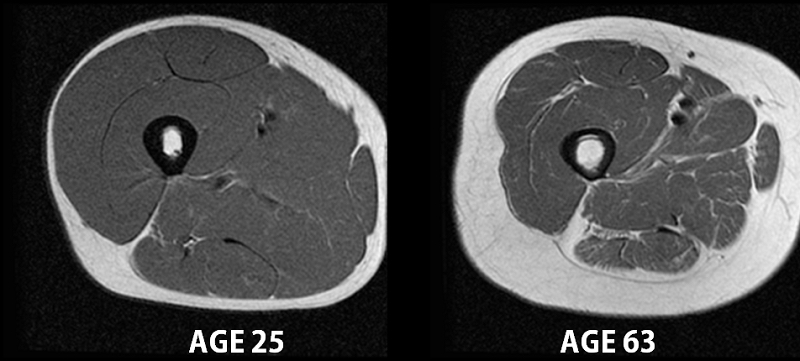
Maintaining mass and strength is a prime goal for senior golfers!
Email neil@livingvital.org for a N/C personal consultation about how this program will help you perform and live better.